JWH-210 is a synthetic cannabinoid belonging to the naphthoylindole family, developed to mimic the effects of Δ9-tetrahydrocannabinol (THC), the primary psychoactive component of cannabis. It acts as a potent agonist at both CB₁ and CB₂ cannabinoid receptors, with binding affinities (Kᵢ) of 0.46 nM and 0.69 nM, respectively, making it one of the most potent compounds in its class
Initially synthesized for research purposes, JWH-210 has been utilized in scientific studies to understand cannabinoid receptor interactions and the pharmacological effects of synthetic cannabinoids. However, its high potency and potential for adverse effects have raised concerns. Studies have indicated that JWH-210 may exhibit neurotoxic properties, particularly affecting neuronal cells in specific brain regions
In the United States, JWH-210 is classified as a Schedule I controlled substance under the Controlled Substances Act. This classification denotes that it has a high potential for abuse, no currently accepted medical use, and a lack of accepted safety for use under medical supervision. Consequently, the manufacture, distribution, possession, or sale of JWH-210 is illegal under federal law.
Despite its legal status, JWH-210 remains available for purchase through certain chemical suppliers for legitimate research and analytical purposes. Companies such as Cayman Chemical and Interprise USA offer JWH-210 in small quantities, typically 10 mg, for laboratory use. These products are intended solely for scientific research and are not approved for human consumption.
Researchers handling must adhere to strict regulatory guidelines and safety protocols. Proper storage conditions, such as maintaining the compound at -20°C, are essential to preserve its stability and integrity. Additionally, appropriate personal protective equipment (PPE) and laboratory practices should be employed to minimize exposure risks.
In summary, it is a highly potent synthetic cannabinoid with significant research applications. However, due to its classification as a Schedule I substance in the U.S., its use is strictly limited to authorized scientific research, and it is not legally available for recreational or medicinal use.
| Choose Options | Ounce, Ounce Quater, Quater Pound, Half Pound, Full Pound, 1 kg |
|---|
Be the first to review “JWH – 210 – Buy JWH – 210 In USA” Cancel reply
Related products
K2 Powder
K2 Powder
K2 Powder
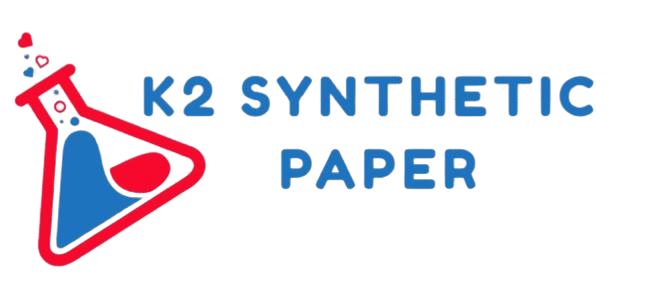


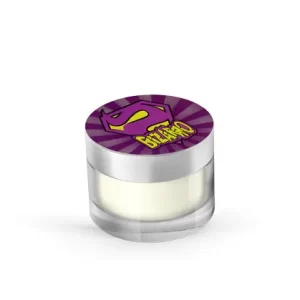

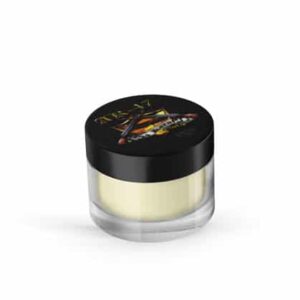
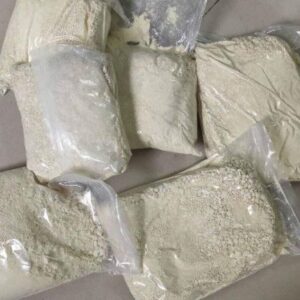
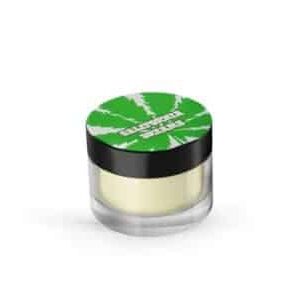
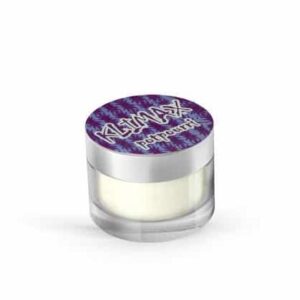
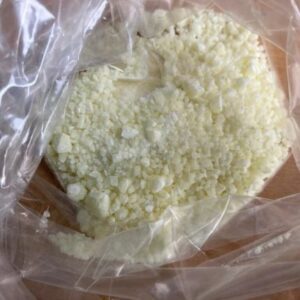
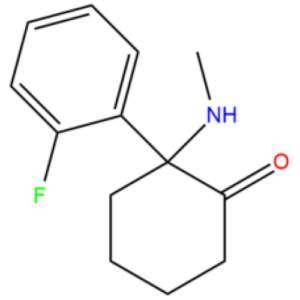
Reviews
There are no reviews yet.